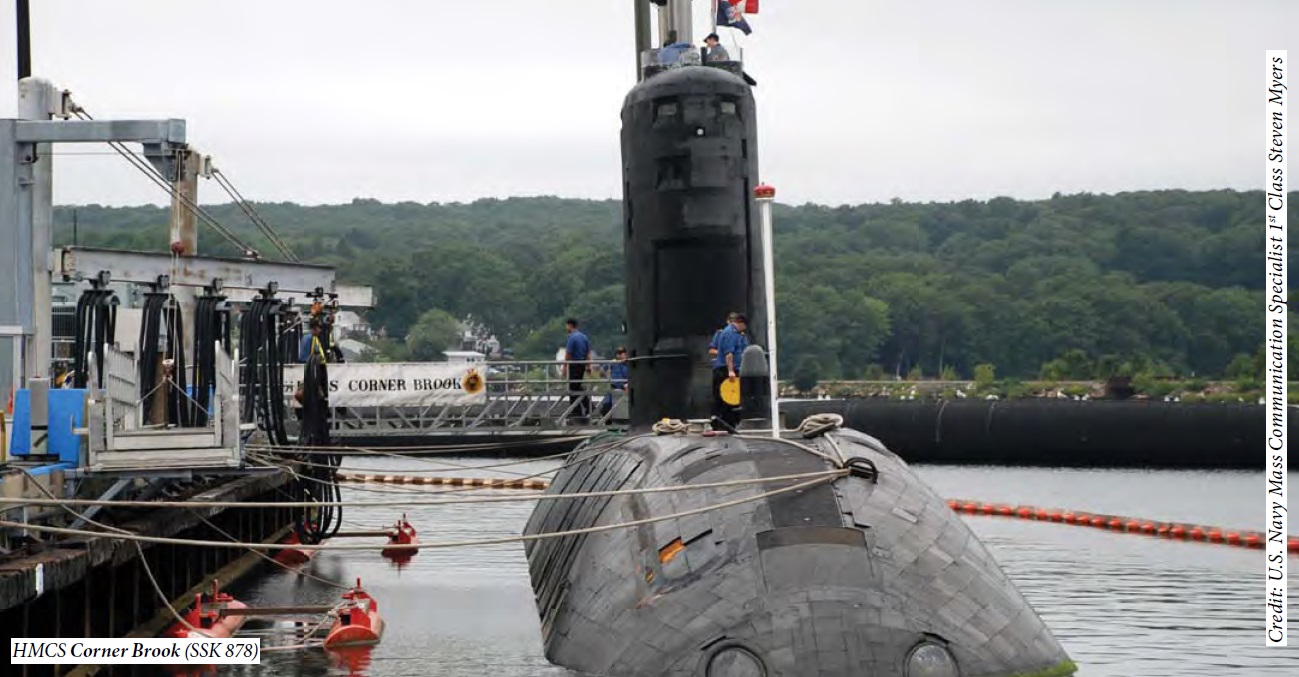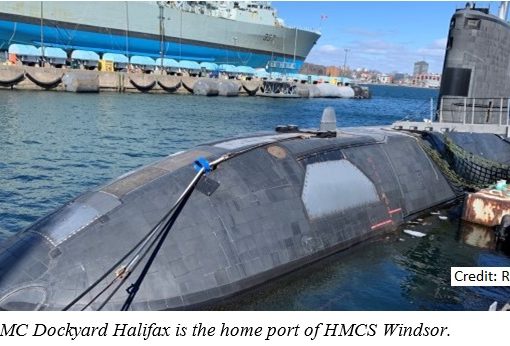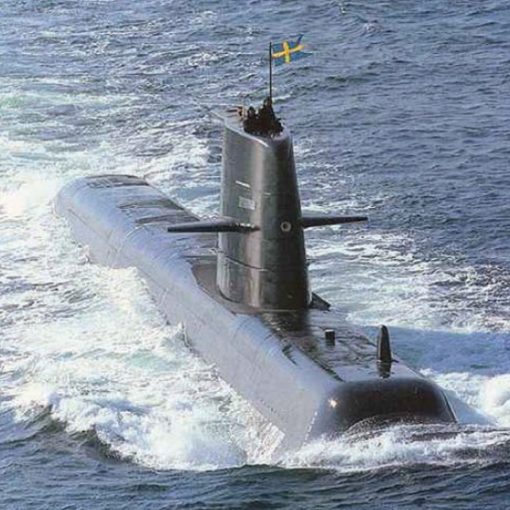A CBC news story by Rob Gordon entitled “Navy submarine damage severe, internal report says” reports HMCS Corner Brook was more extensively damaged than previously thought when it struck an undersea mount on 4 June 2011. Gordon sites two emails from the commander of the Fleet Maintenance Facility in Esquimalt obtained through an access to information request. The report also contains comments from Professor Michael Byers that state the accident was very serious and jeopardized the life of the crew. The Maritime Security Policy Program Research Team has reviewed the documents obtained and the statements made on their merits. Our assessment is not as dire as that of either Mr. Gordon or Prof. Byers.
The opinions cited in the emails are based upon observation made by an officer of the Fleet Diving Unit who was sent into the water to make an initial assessment of the damages. The commander of the Fleet Maintenance Unit had not seen the submarine at the time, nor had anyone else until it was removed from the water for a detailed examination. The underwater observations indicate that the outer shell of the submarine was holed and damage to the sonar staves and outer torpedo shutters was observed. Beyond damages to the outer shell, the state of the structure integrity of the submarine was “unknown.” The commander for the Fleet Maintenance Unit states only “the state of structural integrity must be assessed which may lead to further repairs being required.” He went on to say that putting the submarine into a drydock was needed before a full assessment could be rendered.
The information in the emails is concise and accurate: the submarine had suffered damage to the outer shell of the bow; nothing more, nothing less. This does not contradict in any way the information eventually released by the navy. For Prof. Byers to suggest that that the naval leadership has misled the government, the media and the public about the seriousness of the accident is itself misleading. Specifically, Mr. Gordon claims, “The report said there are “strong indications” of damage to the main ballast tank that may extend to the pressure hull of the submarine.” In fact, the documents made public with the article do not say “strong indications” of such damage. They say, “a stream of bubbles could be coming from a damaged LP [Low Pressure] air line or a crack in the MBT [main ballast tank structure].” These air lines and shell components of the submarine are all outside of the pressure hull.
Prof. Byers offers an unsubstantiated opinion when he states, “This accident came very close to claiming the lives of the entire crew.” The facts simply do not support his position. The injuries were minor and limited to two members of the 60 in the crew. The pressure hull held and the submarine surfaced safely. The results of the subsequent docking have not been released but the commander of the RCN has categorized them, somewhat glibly, as “a fender-bender.” There is no evidence to this point to suggest anything else.
Prof. Byers goes even further to suggest, “if the pressure hull is twisted or damaged, it may be impossible for the navy to fix.” If that is what the report said the MSPP Research Team might be inclined to agree, but it doesn’t. The report talks about systems and structure outside the pressure hull being damaged: the graphite reinforced plastic dome, shutters on the dome, sonar staves, torpedo tube shutters – not the tube doors themselves – air pressure lines and some cabling. If this were battle damage, it would be assessed as minor.
Submariners assume a level of risk every time a sub dives. It is a dangerous business operating a submarine. However, to say that the accident came close to claiming the lives of the crew is like saying the lives of every person ever subjected to a low speed parking lot accident has been jeopardized. Byers' claim is a great overstatement as anyone who has had the undeniably unpleasant experience of a low-speed accident can attest. Naval expert authority assessed Corner Brook to be safe to proceed to sea when the sonar, the eyes of the submarine, was functional again. The navy is certainly not in the business of risking the lives of crew during peacetime operations: in wartime, operational imperatives would be other matters altogether.





